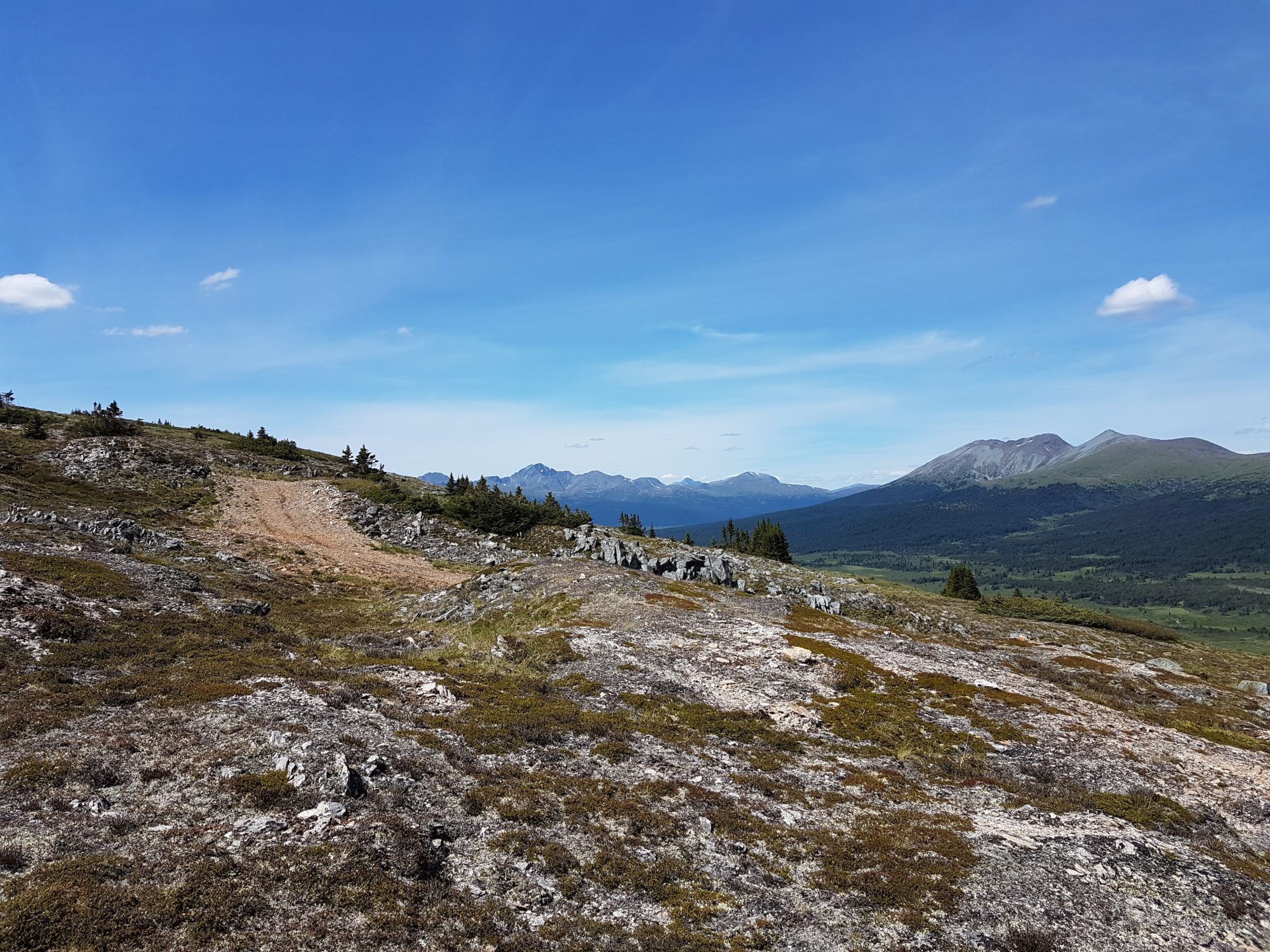Higher head grades and recoveries, a reduction in run-of-mine material reporting to the milling and flotation circuit, a smaller tailings management facility, and lower power and water demand are just some of the benefits to have come out of ore sorting test work at Kutcho Copper’s copper-zinc project in British Columbia, Canada.
Recent bulk sample test work was conducted to determine the effectiveness of using ore sorting technology from TOMRA Sorting Mining to improve the processed grade and reduce the mill feed tonnage of mineral resources at the project.
ABH Engineering Inc and TOMRA were commissioned to undertake this work to establish the amenability of Kutcho’s Main and Esso deposits to ore sorting using an X-ray Transmission (XRT) sensor. Two phases of test work, including a representative 0.75 t bulk sample derived from drill core, were undertaken at TOMRA Sorting Mining in Germany under the supervision of ABH Engineering.
“The ore sorting process helps concentrate the metals of commercial interest from the Kutcho deposit, which are principally associated with high density sulphide minerals,” Kutcho explained. “Rocks are individually scanned, and low grade (low density) waste material is selectively diverted away from downstream processing using compressed air jets. Preliminary test work on the sensitivity of the ore to a XRF sensor was also undertaken.”
The bulk sample tests conducted on a production-scale XRT ore sorter indicate that approximately 17% of the ROM material will be <12.5 mm in size and would therefore bypass the ore sorter and report directly to the milling and flotation circuit. Of the >12.5 mm feed, some 15% of the material reporting to the ore sorter was detected by the XRT sensors as being low grade or waste and will be rejected by the ore sorter, thereby reducing run-of-mine material reporting to the milling and flotation circuit by 13%. The overall recovery of metal (copper, zinc, silver and gold) reporting to the ore sorter is in the order of 99% (ie less than 1% of the metals of interest will be rejected by the ore sorter), Kutcho said.
Pre-sorting of the run-of-mine material by the ore sorter has the potential to reduce milling and flotation operating costs corresponding with the 13% rejection of low-grade material, it says. The commensurate increase in the head grade of the ore reporting to the flotation circuit has the potential to also result in improved metallurgical recoveries in the flotation circuit.
Additionally, it is anticipated that potential savings in capital and operating costs related to the smaller milling and flotation circuit will offset the costs associated with the ore sorter, according to the company. Savings will also be achieved by a reduction in the size of the tailings management facility. The optimally sized ore sorter reject waste material could be used as cemented rock backfill in the underground mines at both the Main and Esso deposits, resulting in further potential cost savings, Kutcho said.
Environmental benefits accruing to the project because of the introduction of ore sorting technology include a lower power and water demand, and a smaller tailings management facility, the company concluded.
Earlier this month, Kutcho said in a feasibility study progress report that it was considering open-pit mining for the majority of the Main deposit at Kutcho, allowing the company to capitalise on the high-grade, near-surface mineralisation, resulting in lower operating costs than underground mining. The remainder of the Main deposit and all the Esso deposit will continue to be evaluated assuming underground extraction by longitudinal longhole open stoping, it said.
The ore sorting test work was also being incorporated into the feasibility study design.











